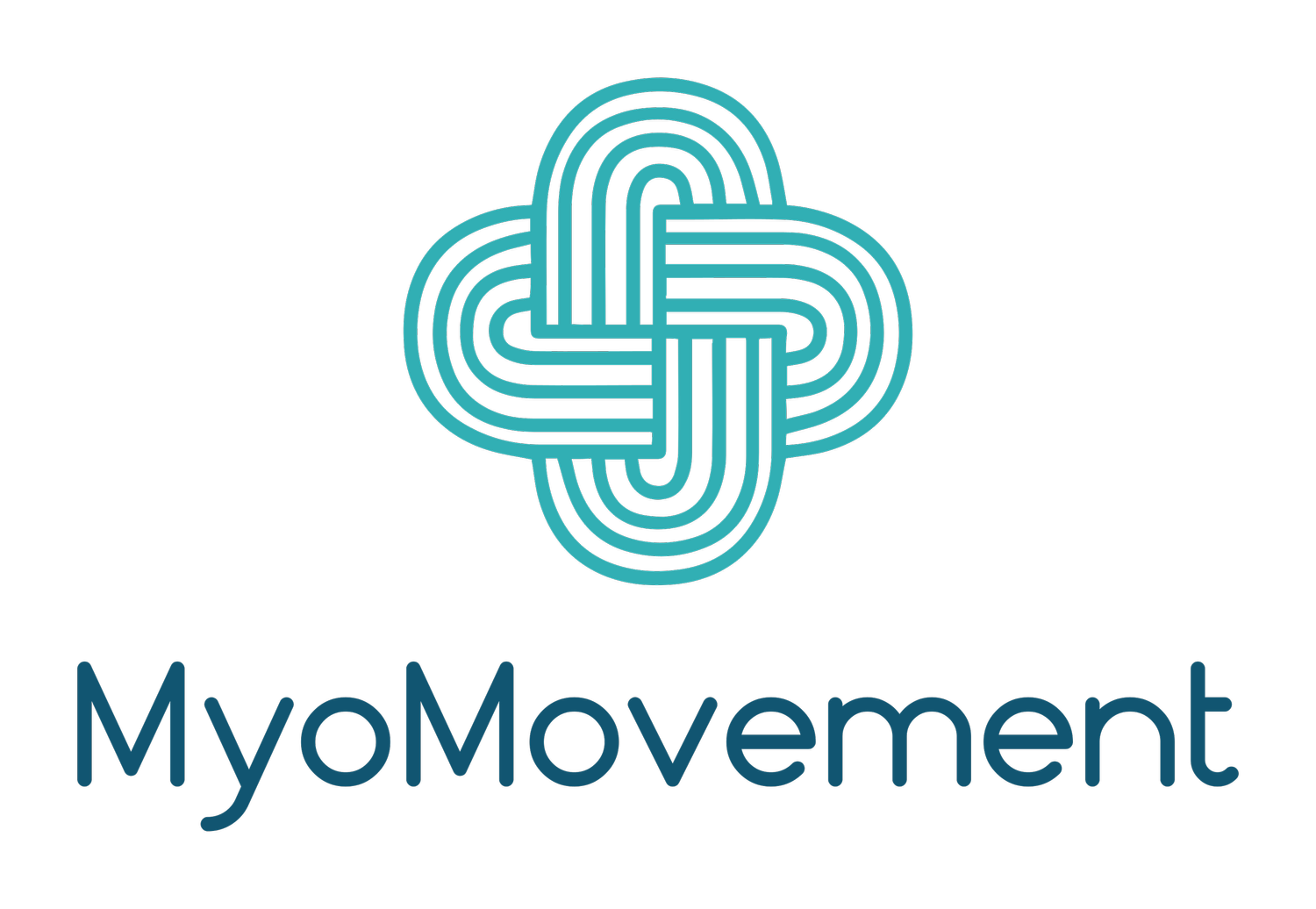The Unsung Heroes of Oral Health: How Our Tongue and Soft Tissues Support Our Teeth
Importance of soft tissues and tongue with overall health and balance
myofunctional therapy benefits
When we think about oral health, our minds often jump straight to brushing, flossing, and regular dental visits. However, there's an often-overlooked aspect that plays a crucial role in the alignment and health of our teeth: the tongue and the surrounding soft tissues. In this blog post, we'll explore how these components are essential providers for our teeth and how myofunctional therapy can help optimize their function.
Understanding the Role of the Tongue
The tongue is much more than a muscle that helps us taste and swallow. It is a vital player in the development and positioning of our teeth. Here are some key functions:
1. Natural Positioning
The resting position of the tongue should ideally be against the roof of the mouth. This position not only helps guide the proper alignment of the teeth but also supports the growth and development of the upper jaw. When the tongue rests low in the mouth, it can lead to a condition which may contribute to dental crowding and misalignment.
2. Swallowing Function
Swallowing is another crucial function influenced by the tongue. A proper swallow involves the tongue pressing against the palate, which helps maintain dental arch integrity. Dysfunctional swallowing patterns can result in pressure on the teeth, leading to malocclusion or other dental issues.
3. Facilitating Breathing
The tongue plays a role in oral and nasal breathing. Proper tongue posture supports nasal breathing, which is healthier for overall wellness and helps maintain the correct oral environment. In contrast, mouth breathing can lead to various dental problems, including crooked teeth and gum issues.
The Importance of Soft Tissues
The soft tissues of the mouth—such as the cheeks, lips, and gums—also play a supportive role in oral health. They help guide the teeth into their proper positions and protect them from harmful habits.
1. Cheek and Lip Support
The cheeks and lips provide gentle pressure on the teeth, helping to maintain alignment. If these soft tissues are not functioning correctly—due to tension, improper posture, or dysfunction—it can lead to shifts in tooth position.
2. Gum Health
Healthy gums are essential for supporting teeth. The soft tissues help anchor teeth in place and protect against periodontal disease. Proper tongue posture can also reduce the risk of gum issues by promoting a healthy oral environment.
How Myofunctional Therapy Can Help
Myofunctional therapy focuses on retraining the tongue and soft tissues to function optimally. Here are some benefits of incorporating myofunctional therapy into your oral health routine:
Improved Tongue Posture: Through specific exercises, we can help patients achieve the ideal tongue posture, which supports proper dental alignment.
Correct Swallowing Patterns: By teaching patients how to swallow correctly, we can reduce unnecessary pressure on teeth and improve overall function.
Enhanced Breathing: Myofunctional therapy can promote nasal breathing, which benefits both oral and overall health.
Better Lip and Cheek Tone: Strengthening these areas can help maintain proper dental alignment and prevent movement of teeth.
The tongue and surrounding soft tissues are vital providers for our teeth, playing an essential role in their alignment and overall health. By understanding their importance and integrating myofunctional therapy into your oral care routine, you can significantly enhance your dental health. If you’re interested in learning more about how myofunctional therapy can benefit you, feel free to reach out to our practice for a consultation!
Your oral health is a comprehensive system that goes beyond just your teeth. Embrace the support your tongue and soft tissues provide, and take proactive steps to ensure their optimal function. Your smile will thank you!
MyoMovement provides information on myofunctional therapy through this blog for general informational purposes only. The content presented on this blog is not intended to be a substitute for professional medical advice, diagnosis, or treatment. Always seek the advice of your physician or qualified health provider with any questions you may have regarding a medical condition.
The information and materials published on this blog are based on the current understanding of myofunctional therapy and related topics. However, developments in medical research may impact the accuracy or relevance of the information provided. MyoMovement makes no representation or warranty, express or implied, regarding the completeness, accuracy, or suitability of the information on this blog for any purpose.



